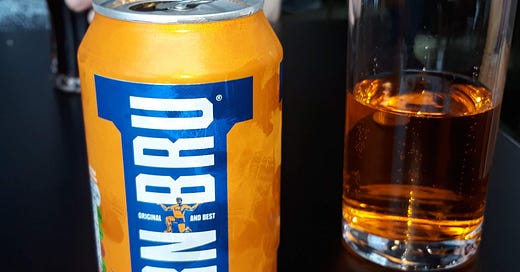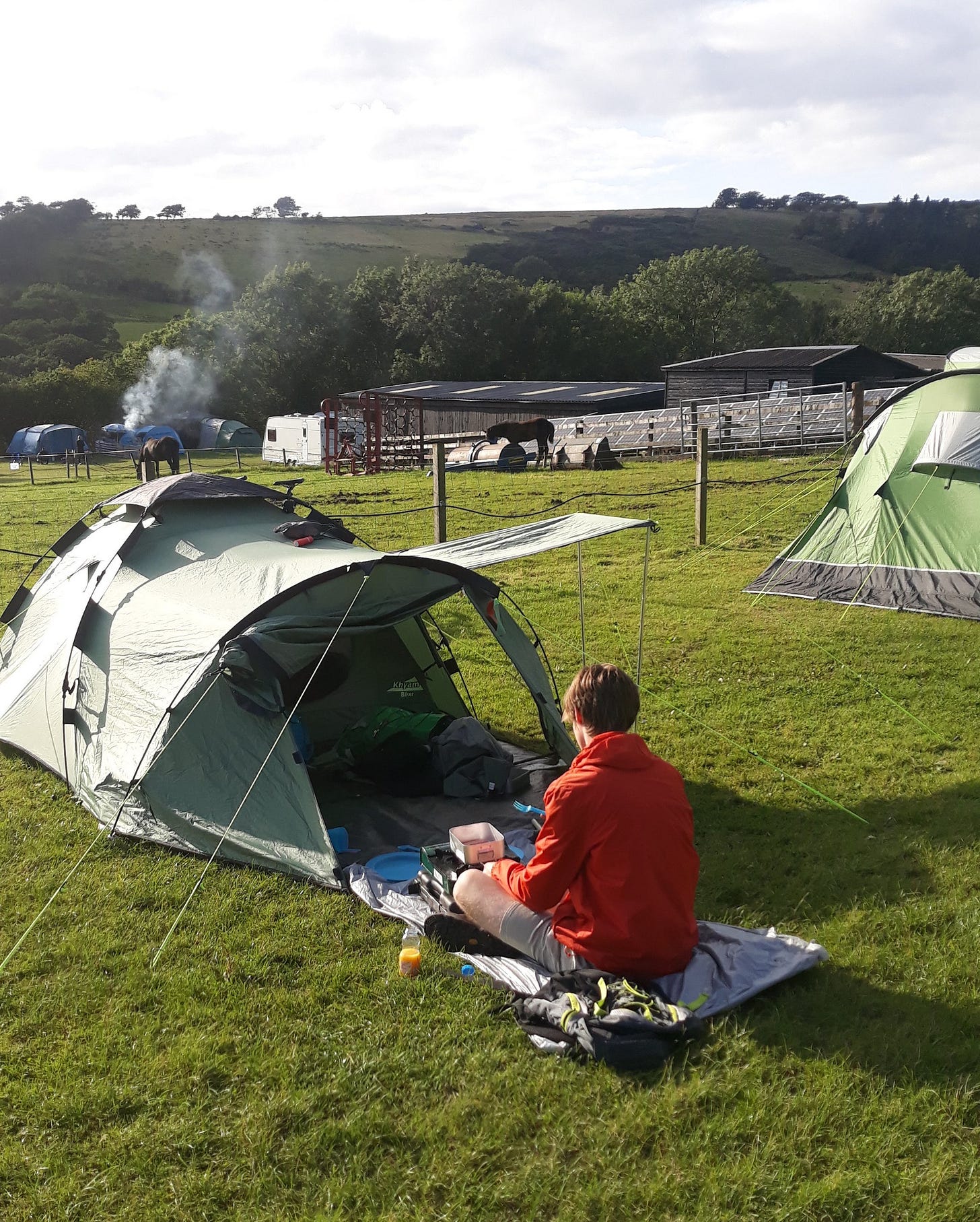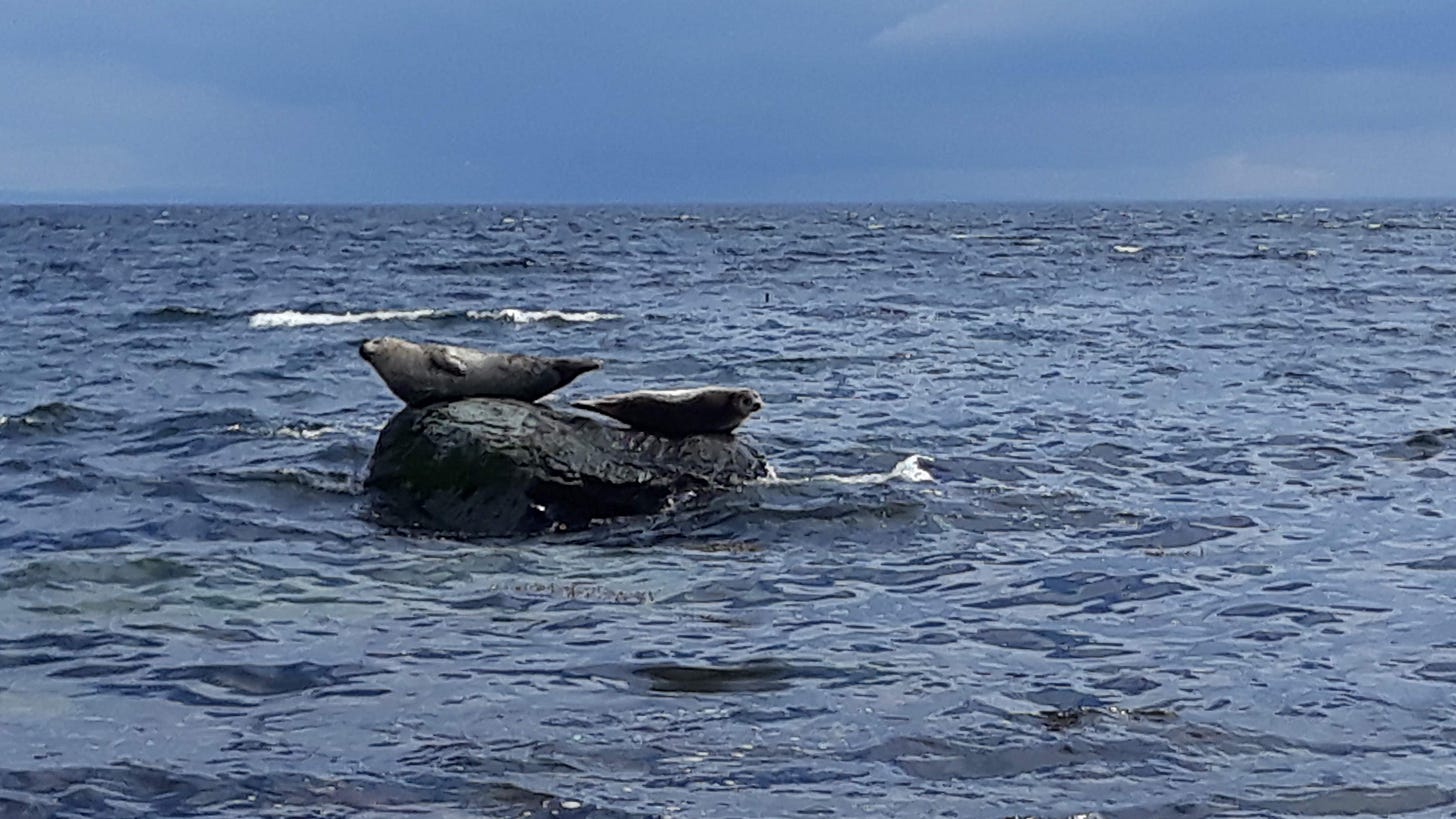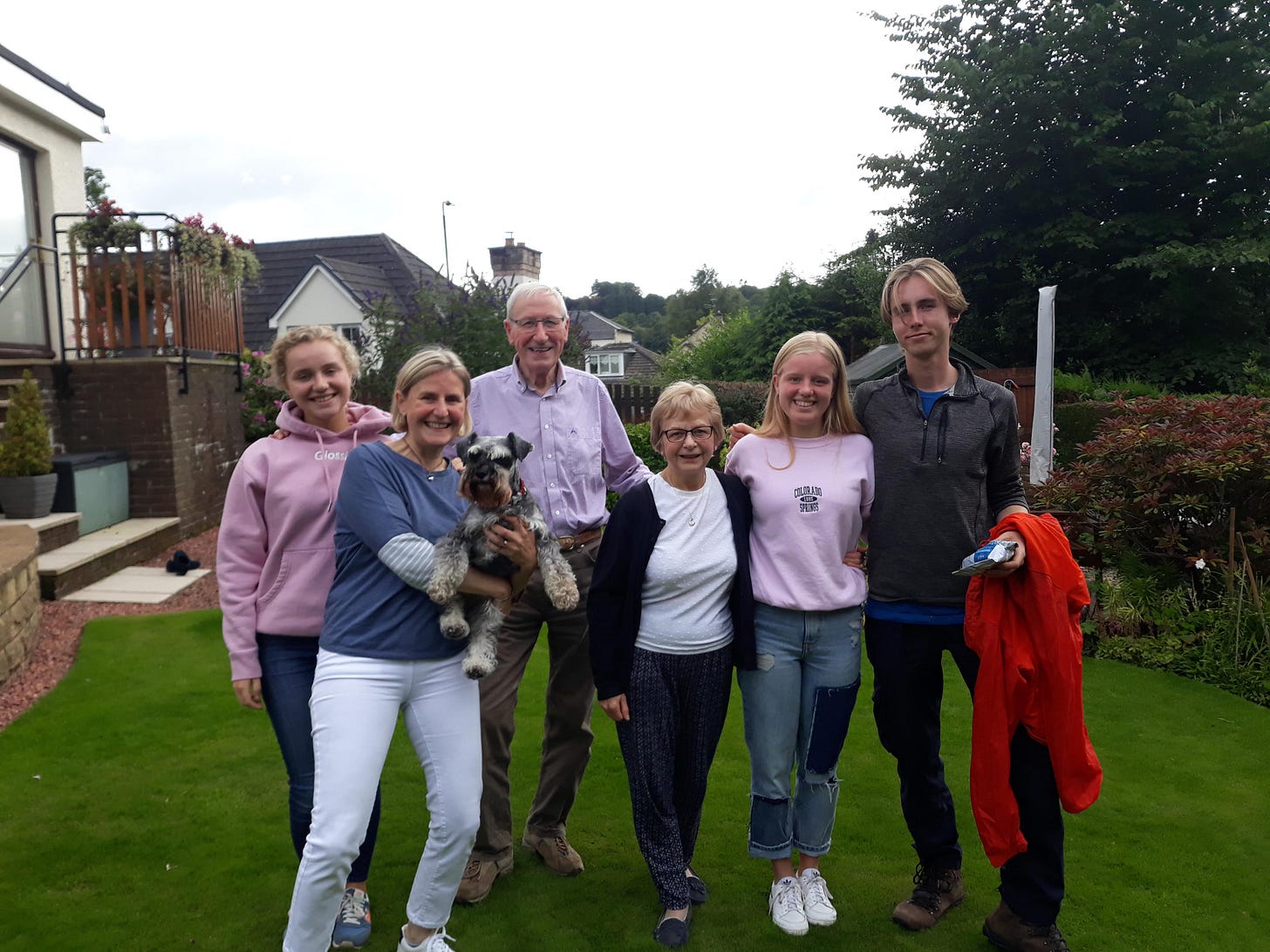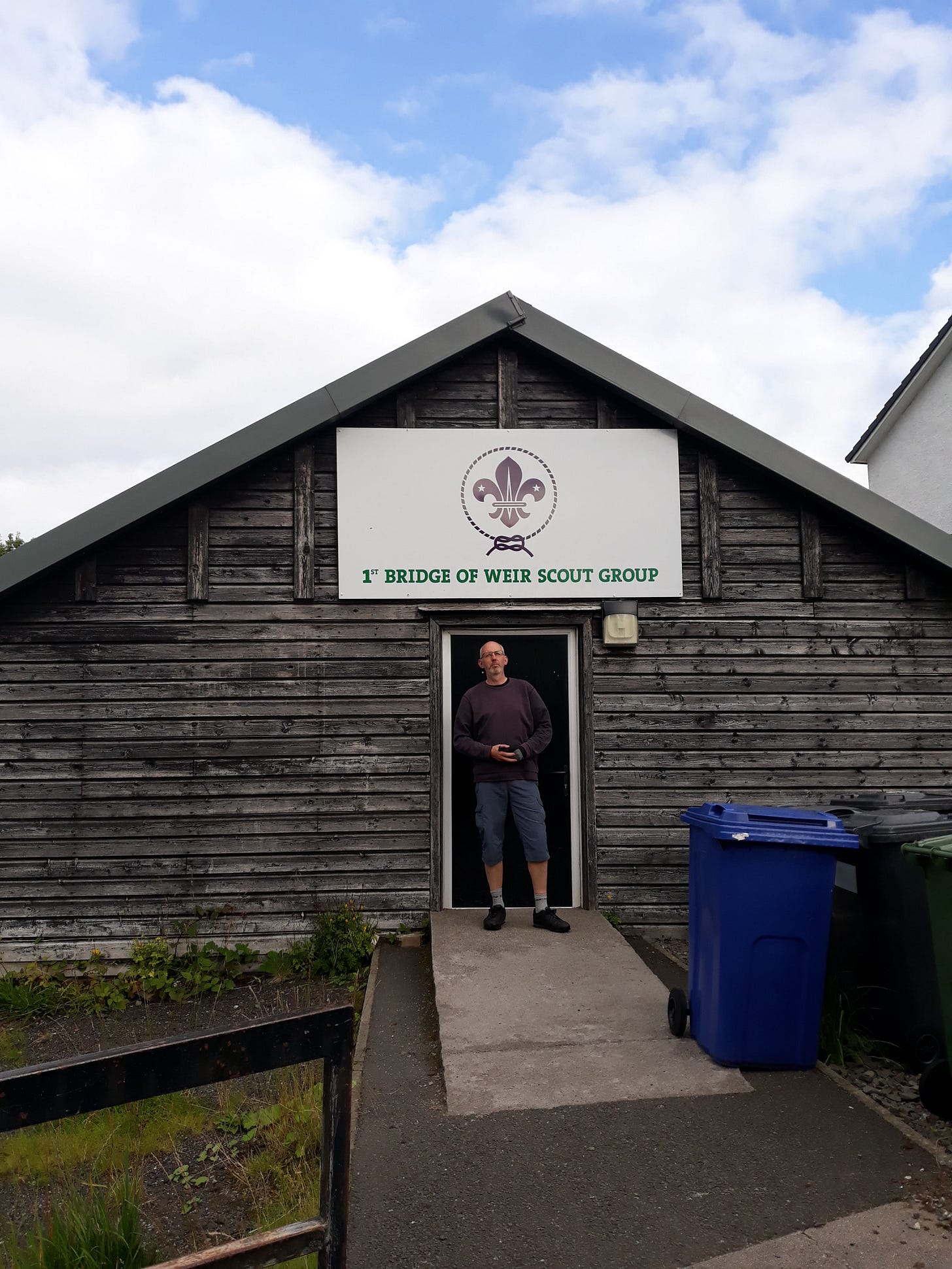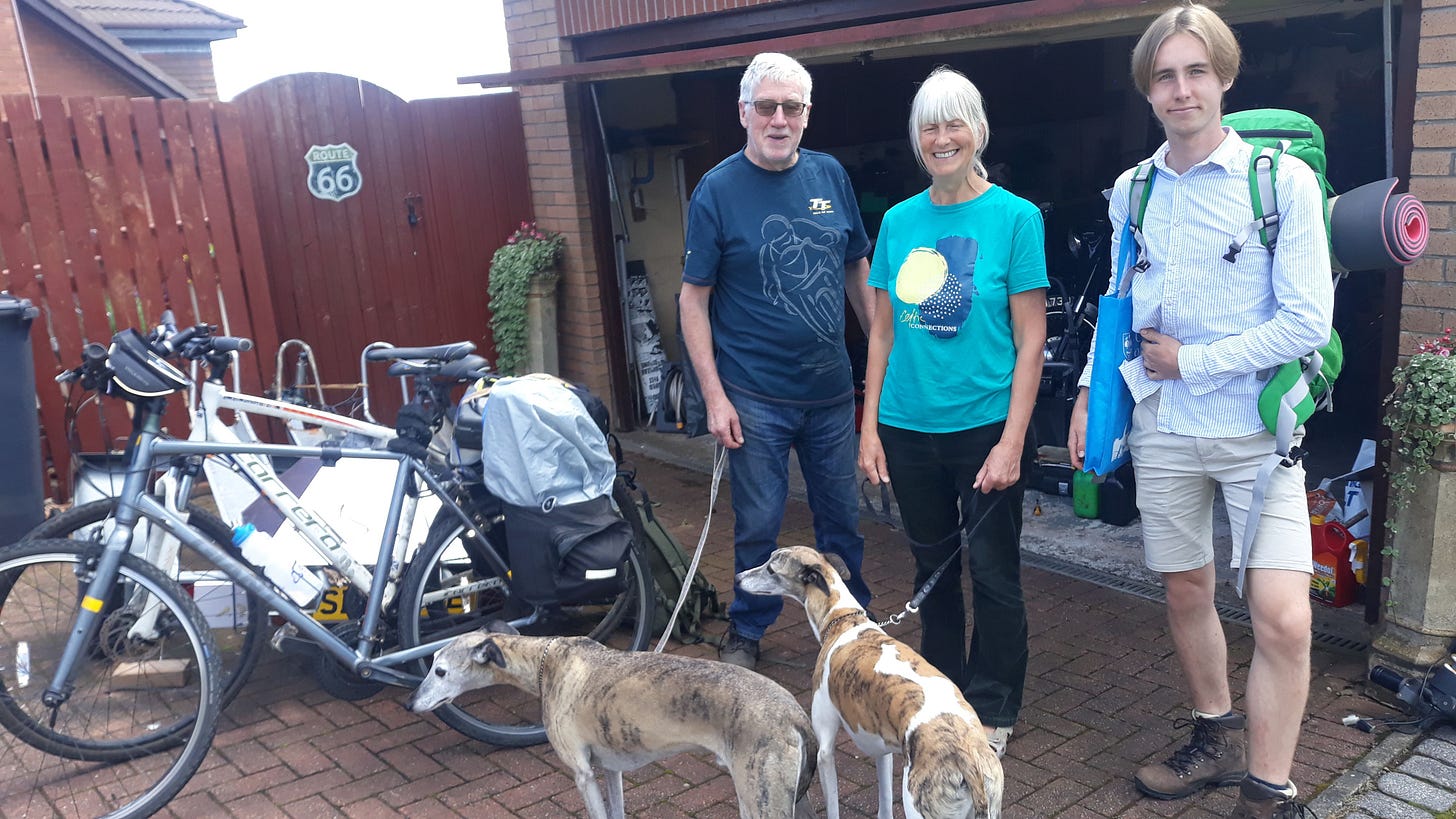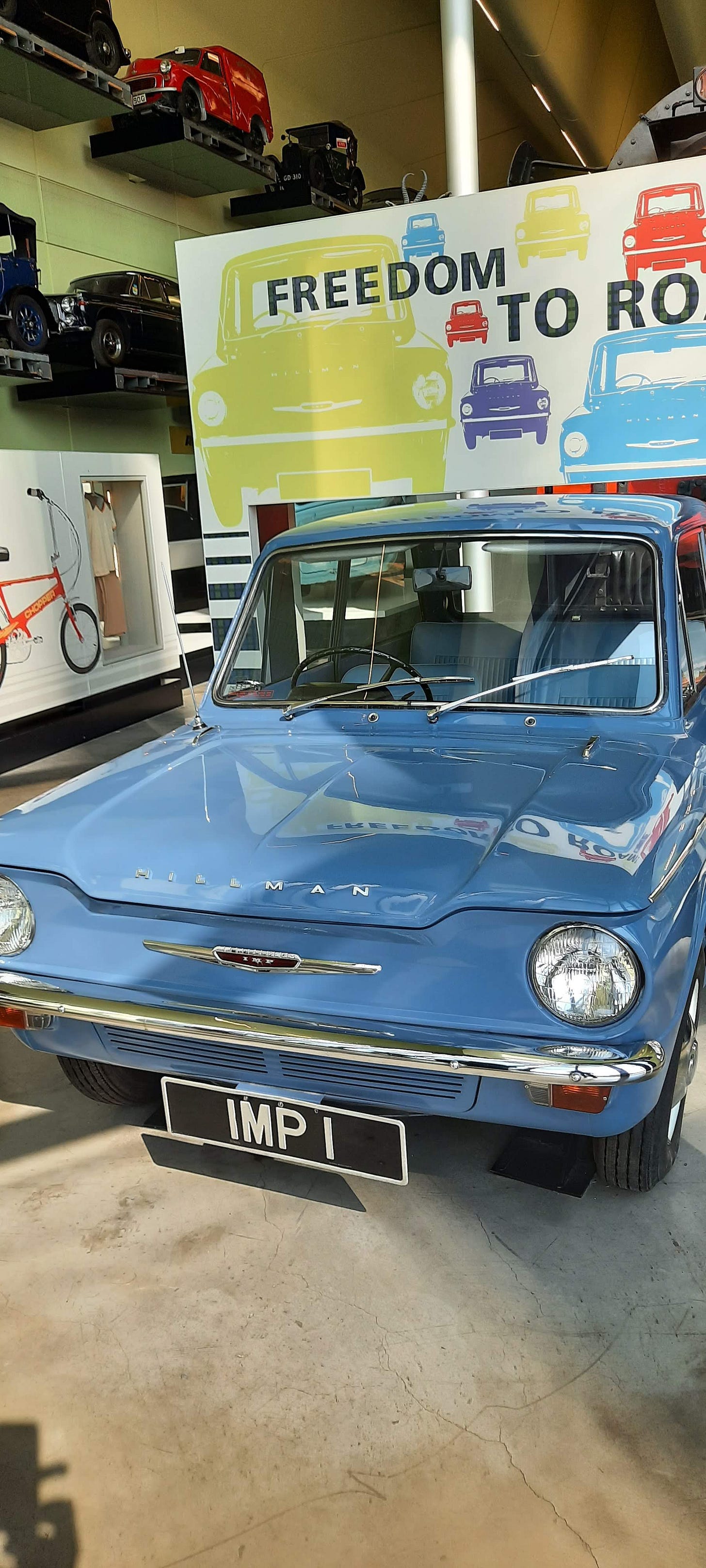I love our family holidays – the gîte in Bigarogues-Lescaux, Dordogne and the big family-oriented camp site at Ca’ Savio across from the Venice lagoon being amongst my favourites (red wine on tap and the Adriatic Sea was my idea of heaven …. oh, and Venice was pretty too!). I’ve never forgotten carrying my two small boys into the sea, one on each arm, facing Mont Saint Michel when we stayed at the youth hostel at Genêts, Brittany.
But recently there is a pull to formative places – places linked to growing up - no doubt often romanticised and infused with a big dose of nostalgia. For me, that means Scotland.
I’ve never lived in Scotland, but my mother is from Bridge of Weir, near Paisley in the West of Scotland. Our family of 7 – my mum, dad, me and my 4 brothers - spent annual holidays there, staying with our grandparents on my mother’s side. To this day I’m still not sure how we all fitted in the 3 bedroom council house on Southview Crescent.
We would visit the same places: Muirshiel Country Park for hikes; Largs for slot machines, ice cream and a ferry trip to the Isle of Cumbrae; Paisley for a haircut and to see a shop with an impressive model railway; various places on the bonny, bonny banks of Loch Lomond. Less well known, but to us regular visits – courtesy of my dad’s local knowledge gained from his enthusiasm for the Scout Movement and fishing – were to the mysterious remains of Duchal Castle, and walks up the equally mysterious Warlock Road leading out of Bridge of Weir, both places with definite Macbeth vibes.
A lot of my time was spent playing kerby (for the uninitiated, google it), or football in the garden with my Scottish pal, appropriately named Scott. My grandpa would watch, offering encouragement and advice (he was a keen Rangers fan as well as an angler and golfer), admonishing us when the ball went too near his flower border. I attribute my modest football skills to learning to play on a small square of grass whilst avoiding the borders for fear of a telling off. I believe Lionel Messi had a similar experience.
My own family – just the 5 of us - grew up without the Scottish experience. I’d propose a trip most years, but living in the South East, with our own relatives ensconced in various parts of Yorkshire and the East Midlands, and due to a desire for a bit of sun – not Scotland’s strong point - we never made it. I’d hoped to go with my own parents, but I left it too late to organise a big multi-generational family get together, and eventually my dad’s health made it impossible. There’s a lesson in that.
But in 2019 one of my 3 children, Harry, had a place to study at Glasgow University, and he agreed to humour his old man by coming up there with me in the Summer before enrolment. We packed camping gear (minus the tent, to be borrowed from one of my uncles, Andrew, north of the border) on the back of our bikes, took the train to London, and from London to Glasgow. From Glasgow we caught the regional service to Largs, on the west coast, and from there cycled to the South Whittlieburn Farm campsite close by.
We cycled round the Isle of Cumbrae (sounds impressive, but it’s only about 8 miles), and across Bute, where we saw basking seals at Scalpsie and Ettrick Bays. We had an Irn Bru and square sausage in Zaveroni’s café at Rothesay on Bute, which reminded me of the autograph of the talented, tragic singer Lena Zaveroni obtained by family members on holiday there some time in the early 1970s. We cycled across Renfrewshire on the cycle routes, some following old rail lines, and of course visited Glasgow. For old times’ sake we visited Bridge of Weir: the Glen where I played as a kid on holiday, and the old house on Southview Crescent where we had great times.
Harry and I visited, unannounced, another uncle of mine, Tom, and his wife Jesse, still in Bridge of Weir. I couldn’t remember the house (I’d last been there some 30 plus years before). Luckily my uncle was trimming the roses in the front garden. Suffice to say he was surprised to see his nephew, and a great nephew he’d never met, at the end of his drive. We were treated to food and a hastily convened family get together including their daughter (my cousin) and their granddaughters (one, like my son, studying at Glasgow University) plus a nervous Schnauzer.
One day of solid heavy rain (it is Scotland after all) we took refuge at Andrew and Jean’s (Uncle and Aunt) in Lochwinnoch, where slicing sausage, egg and a warm bed were on offer. Roughing it has its limits. When my brothers and I visited Scotland on family holidays as kids, Andrew was a trainee marine engineer and biker. We were impressed by the tales from his seafaring in the Gulf of Mexico and his frequent run ins with anything resembling authority closer to home. Today the Triumph Bonneville in the garage says ‘still a rebel’, but the Skoda on the drive chips in ‘now retired on a nice pension’.
I’d never been to Lochwinnoch, but it featured in the ‘Johny Morry stories’ my mum told her 5 sons when we were little. I’d tried to carry on the tradition with my own kids, weaving ‘Ally McCoist’, ‘Big Gary MacAllister’ and ‘wee Gordon Strachan’ into Johnny’s adventures all over Renfrewshire (iconic Scottish footballers of the 1980s). Well, it kept me entertained.
My grandparents on my mum’s side were a painter / decorator, and a worker at the leather tannery in Bridge of Weir. Their holidays with their 4 children were ‘doon the watter’ at Rothesay on the Isle of Bute. Paddle steamers had been taking Glaswegians to the isles off the west coast for holidays since the early 19th century, just as they were transporting leisure travelers on the Mississippi some 4,000 miles away. Clyde shipyards built the Scottish steamers. By the late 19th century those yards were building a large proportion of the world’s ships, and the Clyde was filled with industry. This diminished rapidly in the 60s and 70s. Today there are barely one or two small yards, but there is the terrific Riverside Museum, designed by Zaha Hadid, celebrating the area’s industrial past.
My dad – from Southampton - went north to work at the Linwood car plant after military service, and met my mum. My maternal grandparents’ children ended up in Derby as a school teacher (my mum, Helen), travelling the world as an engineer (my Uncle Andrew), and another engineer who made his life in Australia (Uncle James), another again pursuing a career in telecom closer to home (Uncle Tom). The Linwood car plant in Renfrewshire turned out the Hillman Imps my brothers and I learned to drive in in the 1980s and 90s. The plant closed in 1981 – ‘Linwood no more’ as the Proclaimers sing – although my mum and dad had moved to make their life in Derby many years before that.
Whilst my own parents – with 5 kids to raise – took us to the grandparents’ for holidays, us kids were to travel much further afield, in my case starting with a ‘lads’ football team trip to Majorca at 17 and in recent years, through work, to China and the USA. One of my brothers has worked in China, USA, Bahamas, Costa Rica and travelled all over South America too.
My own children are well travelled in their own formative years: family holidays in France, Italy, Spain and Germany; youth hosteling in eastern Europe, English teaching in China and (just) pre-war Ukraine …. And they’ve also, as we did, enjoyed great holidays visiting family, for them in Yorkshire and Derby rather than Scotland.
-----------------------
Anyway, all this got me thinking about nostalgia. I’ve always been a bit cynical about nostalgia. Not for me the historian’s past - I was always looking for the bright future. But I feel the draw of the past now. ‘The past is a different country, they do things differently there’ – that’s a line from the novel and film The Go Between. It does feel like another country: I was young, no mobile phones or laptops, politics was not hung up on ‘identity’, greater freedom for children and adults alike. It’s a country I like to visit from time to time, even if relocation is impossible. ‘Nostalgia isn’t what it used to be!’ is a corny joke, but there’s a truth in it too. I certainly see it more favourably these days.
How we view the past tells us a lot about our present. In the 18th century homesick troops were considered to be literally sick with nostalgia. Sir Joseph Banks, in a journal entry in 1770 during Captain Cook’s first voyage, wrote that the sailors ‘were now pretty far gone with the longing for home which the Physicians have gone so far as to esteem a disease under the name of Nostalgia’. Soldiers were sometimes successfully treated by being discharged and sent home. 18th century scientists were even to contemplate the existence of a nostalgia ‘bone’.
Whilst nostalgia was reputed to have been diagnosed among soldiers as late as the American Civil War, the medicalisation of nostalgia had almost completely vanished by then. It remained a concern, though, in the military. A longing for home could lead to low morale or even desertion.
But Romanticism seems to have placed nostalgia in a more positive light by the 19th century. It became associated with a longing for a connectedness denied by modern, rational society. This sentiment shaped tourism of the time. In 1724 Daniel Defoe had described the Lake District as ‘the wildest, most barren and frightful of any that I have passed over in England’. By the turn of the century it was, for Wordsworth, ‘the loveliest spot that man hath found’. And whereas the Grand Tourists of the 18th century had looked to the cultural treasures of the city, the Romantics of the 19th century were inclined towards the Swiss Alps as respite from the burgeoning towns. Romanticism has subsequently played a part in demand for all sorts of holidays.
Today, nostalgia is often discussed in the spirit of post-modern irony and a more playful, kitschy approach to the past. The recent reopening of Dreamland in 2015 in the iconic UK resort town of Margate, full of rides and attractions of the 1960s, appeals to that sensibility. Or a visit to Nathan’s Famous hot dogs in Coney Island, where generations of New Yorkers have enjoyed the conviviality of Brooklyn’s beach. The story that founder Nathan Handwerker once employed fake doctors in white coats to eat his hot dogs in order to convince potential customers that they were healthy fayre just adds to the fun.

Nostalgia in relation to my own memories of holidays in the West of Scotland - and I’m sure I’m not alone in this - is fueled by a sense that some things were, in fact, better in the past: more innocent, less regulated, more free. It’s something I sense when I look at the beautiful photographs taken by Harold Feinstein and Weegee on Coney Island; or closer to home, those in the South East Archive of Seaside Photography (SEAS) covering Margate. If you are of a certain age, just look back at your own holiday snaps.
Nostalgia gets a bad name in some liberal quarters. The vote for Brexit in the UK was bizarrely blamed on ‘imperial nostalgia’ (by those who think blame was due, which I don’t). It is certainly the case that it can, in the context of disillusionment with our own, modern lives, lead down some misanthropic paths. The search for a sense of self rooted in the past can accompany dismissal of community in the present – a declinist narrative that holds the problems of today as an inevitable result of economic development or human avarice. Things seemed simpler, and purer ‘back then’. Of course, they seldom were.
In The Heritage Industry (1987) Robert Hewison bemoaned the rapid growth of museums to all sorts of things that no longer exist – like Glasgow’s Riverside Museum superseding the industrial tradition it reflected upon perhaps. It signified ‘the imaginative death of this country’ and ‘a sickness that has reached fever point’ in UK culture. For Hewison, the deindustrialised UK was becoming a nation of museums and theme parks, dining out on past glories, unable to think creatively about a positive conception of the future.
For David Lowenthal, in The Past is a Foreign Country (1985), the growth of nostalgia since the 1970s was rooted in the experience of rapid social and cultural change. The past is over, and thus stable. The present is ever changing and unstable.
These are both great insights. But I feel that a shared past - be it a national culture, local history or family history - plays a vital integrative role today more than ever. It’s a cliché, but true: knowing where we have come from is integral to a sense of self in the present and our capacity to forge a future. To be part of something beyond ourselves is a corrective to presentism; the tendency to read history backwards, taking ‘as is now’ as the measure for all things.
In his recent The War Against The Past, Frank Furedi sees nostalgia for the past as having given way to an estrangement from it. The narcissism of our identity obsessed age thrives on framing agency as a personal and intimate ‘resistance’ to the legacy of a hostile past, all too often presented as a continuum of bad things rather than positive human achievements. He quotes Eric Hobsbawm: ‘We cannot help situating ourselves in the continuum of our own life, of the family and group to which we belong. We cannot help comparing past and present: that is what family photo albums or home movies are there for. We cannot help learning from it, for that is what experience means.’ We need to get experienced.
I hope I am not committing the sin of Golden Ageism. The decade of my early childhood was the 1970s, often derided as culturally bereft. (My team, Derby County, won the league – twice – in the 1970s, so I am inclined to disagree). I’d like to think that we can retain what we value from the past - the literature, the traditions, the memories and those positive aspects of a way of life forged by those who came before us - and shape a future out of that. But the mood of our times seems to be one of permanent revolution, inclined to pathologise the past, our own individual pasts included.
Politicians and heads of major institutions laud ‘change’ as a value in its own right. The past, and values associated with it, are written out as irredeemably flawed: stoicism replaced by a continuum of mental health / illness that apparently all of us are on; parental authority by state approved advice; strength by fragility; openness by wariness; confidence by fear of the future; and in the university sector I work in, knowledge by something called ‘student experience’ which turns out to be profoundly antithetical to knowledge .
In this context, I’m happy to go with nostalgia - ‘an affectionate feeling you have for the past, especially for a particularly happy time’. Yes, it can be a little backward looking, and inclined towards the romantic. But I’m glad my son’s choice of Glasgow University prompted a nostalgic reconnection with places and people from my childhood family holidays.
So you’ll find me in the Unicorn Inn, Canterbury (circa 1593, selling beer since 1664), ordering a real ale and an ‘Old Fashioned’ chaser, planning a trip North very soon … on my i-phone of course.
Jim Butcher
